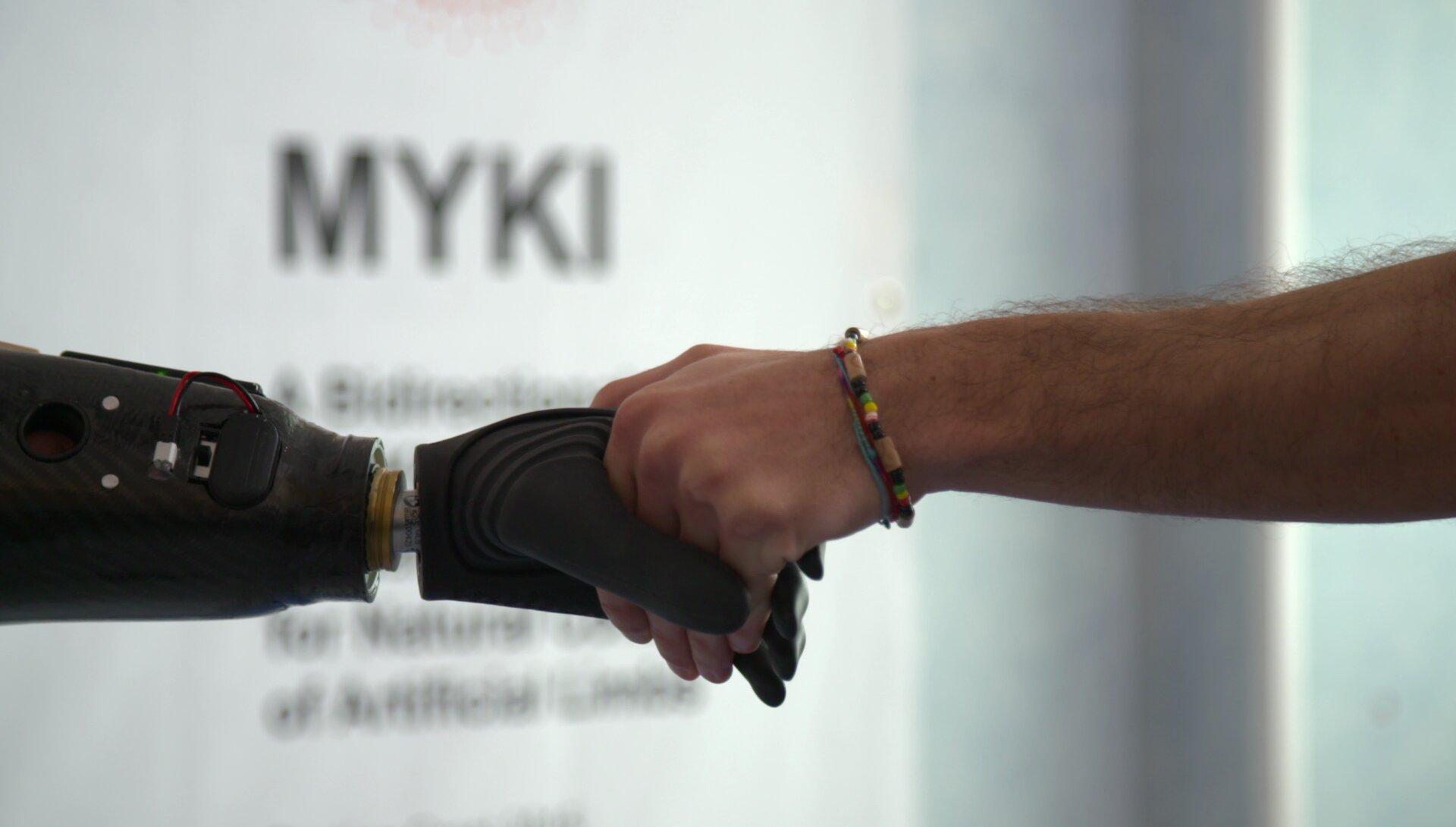According to a new study, the anesthesia required for a total knee replacement would have a carbon footprint as large as that of a car driven for more than 67 km!

- Whether the total knee arthroplasty is performed under general anesthesia, under spinal anesthesia or under combined anesthesia, the CO2 emissions resulting from the operation are enormous: between 15 and 18.5 kg of CO2.
- It is however possible to make surgeries to fit a knee prosthesis more ecological, for example by reducing the flow of oxygen, by using renewable energies and by reducing the use of single-use instruments.
Knee arthroplasty is one of the most commonly performed surgical procedures today. It consists of replacing part or all of the painful and/or non-functional joint with a prosthesis. Every year, in France alone, 40,000 knee prostheses are fitted.
But if this operation is often a relief for the patients, it is not necessarily good for the Planet… In any case, this is the conclusion reached by researchers from the Western Health Center in Melbourne (Australia). In a study published in Anesthesiologythe official journal of the American Society of Anesthesiologists, they point to the deplorable carbon footprint of the only anesthesia for a total knee arthroplasty, equivalent to that of a car traveling 67 km.
Plastic instruments, electricity, medicines…
To estimate the CO2 emissions resulting from a knee replacement operation, the researchers carried out a life cycle assessment of the prosthesis. This includes not only greenhouse gases directly produced by electricity and gas, but also indirect emissions associated with the consumption of goods and services such as the use of electricity, articles or disposable equipment and pharmaceutical products such as drugs.
Their study involved 29 patients who underwent knee replacement surgery under general, spinal or combined anesthesia, and whose total CO2 emissions were measured. Overall, the average estimated CO2 emissions were similar for the three types of anesthesia: 14.9 kg CO2 for general anesthesia, 16.9 kg for spinal anesthesia and 18.5 kg for combined anesthesia .
In more detail, single-use instruments, and mainly made of plastic, represent 20 to 25% of total emissions. Electricity for the patient air heater accounts for approximately 15% of emissions and pharmaceuticals other than anesthetics 8% of emissions.
Depending on the type of anesthesia performed, the remaining emissions vary. For example, in the case of general anesthesia, the gas used (sevoflurane) represents 32% of greenhouse gas emissions. Washing and sterilization of reusable items contributed 25% of emissions for spinal anesthesia and 20% for combined anesthesia. Oxygen accounted for 15% of the carbon footprint of spinal anesthesia.
Based on the fuel efficiency of an average American car, the researchers estimate that anesthesia-related carbon emissions for knee replacement surgery are equivalent to 42 miles (or about 76 km) of driving.
For more virtuous anesthesia
It is however possible to practice anesthesia in complete safety while reducing their carbon footprint, assure the authors, who give avenues such as reducing the flow of oxygen for spinal anesthesia, reducing the use of inhalation anesthetics, minimizing the use of plastic and glass, and advocating for the production of renewable energy. “By combining these carbon-preserving activities, you’ve halved the miles traveled for a three-hour anesthetic (typically required for knee replacement surgery)”they write.
“We encourage people to become aware of their carbon footprint, emphasizing that the best way to achieve low-carbon anesthesia is to make multiple and seemingly minor changes to our work habits”conclude the researchers.
.

















